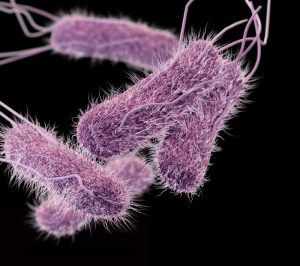NewsDesk @bactiman63
Philippines health officials have reported 9,057 typhoid fever cases through August 27 this year, a 121 percent increase over the 4,102 cases reported during the same period in 2021.

The Cordillera Administrative Region (CAR) has reported the most cases with 1,801, followed by Northern Mindanao (1,225) and Central Visayas (1,017).
The typhoid death toll has also increased in 2022 to date with 43, more than three times the total (12) during the same period last year.
Typhoid fever, caused by the bacterium Salmonella typhi, is a life-threatening bacterial infection. Typhoid fever is still common in the developing world, where it affects about 21 million people annually.
Salmonella typhi lives only in humans. Persons with typhoid fever carry the bacteria in their bloodstream and intestinal tract. In addition, a small number of persons, called carriers, recover from typhoid fever but continue to carry the bacteria. Both ill persons and carriers shed S.typhi in their feces.
Subscribe to Outbreak News TV on YouTube
You can get typhoid fever if you eat food or drink beverages that have been handled by a person who is shedding S. typhi or if sewage contaminated with S. typhi bacteria gets into the water you use for drinking or washing food. Therefore, typhoid fever is more common in areas of the world where handwashing is less frequent and water is likely to be contaminated with sewage.
- China reports 1st monkeypox case
- New Hampshire reports 1st monkeypox case in a child
- Michigan reports Eastern Equine Encephalitis in Roscommon County horse
- CDC warns travelers of multidrug-resistant (MDR) Salmonella Newport in Mexico
- Polio strikes another child in Pakistan, First from South Waziristan
- Vietnam: The number of cases of dengue fever and hand, foot and mouth disease in Ho Chi Minh City decreased
- Brazil: Four Rocky Mountain spotted fever deaths reported in Campinas
- Spain: Human anthrax case reported in Extremadura

